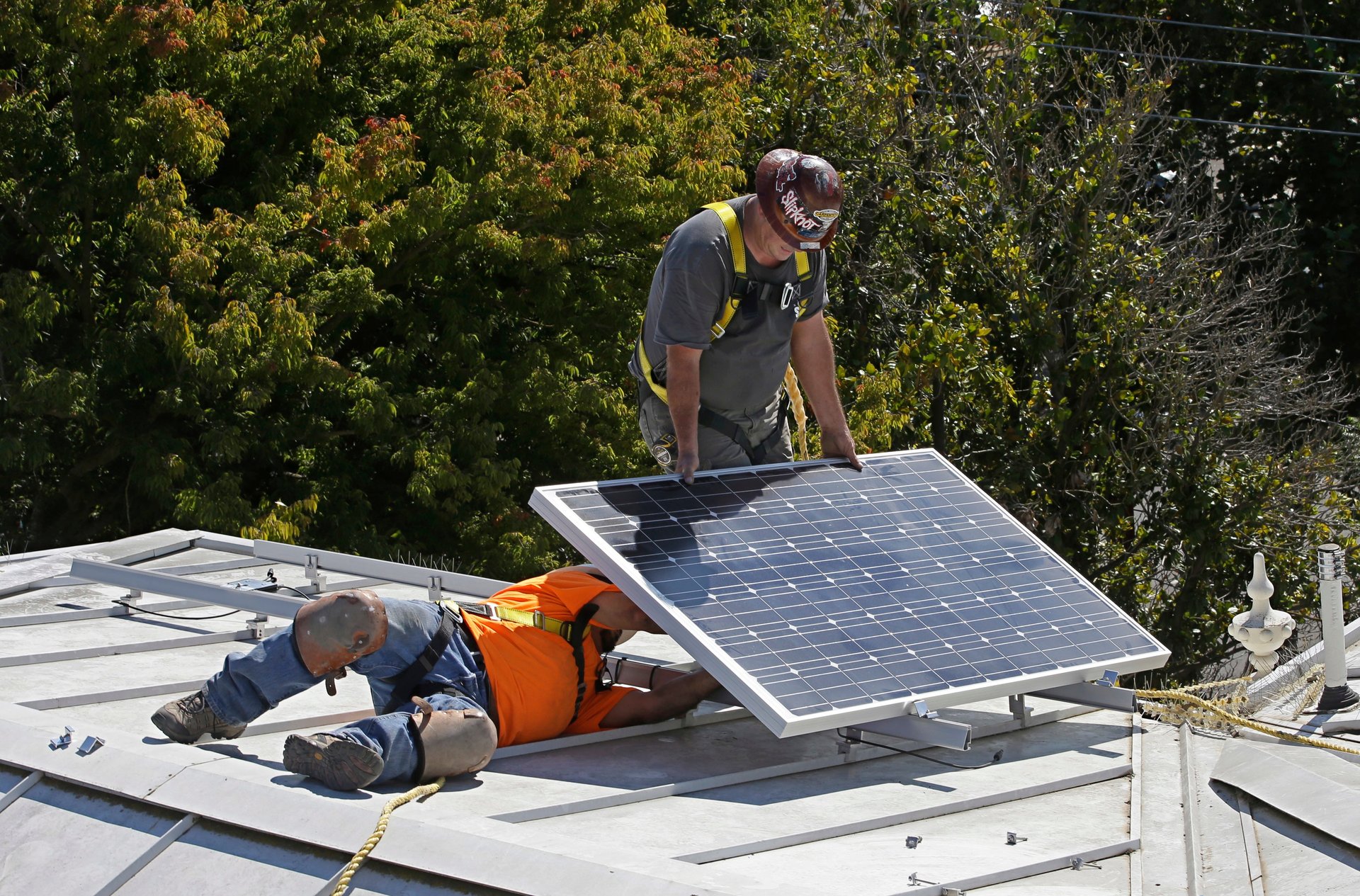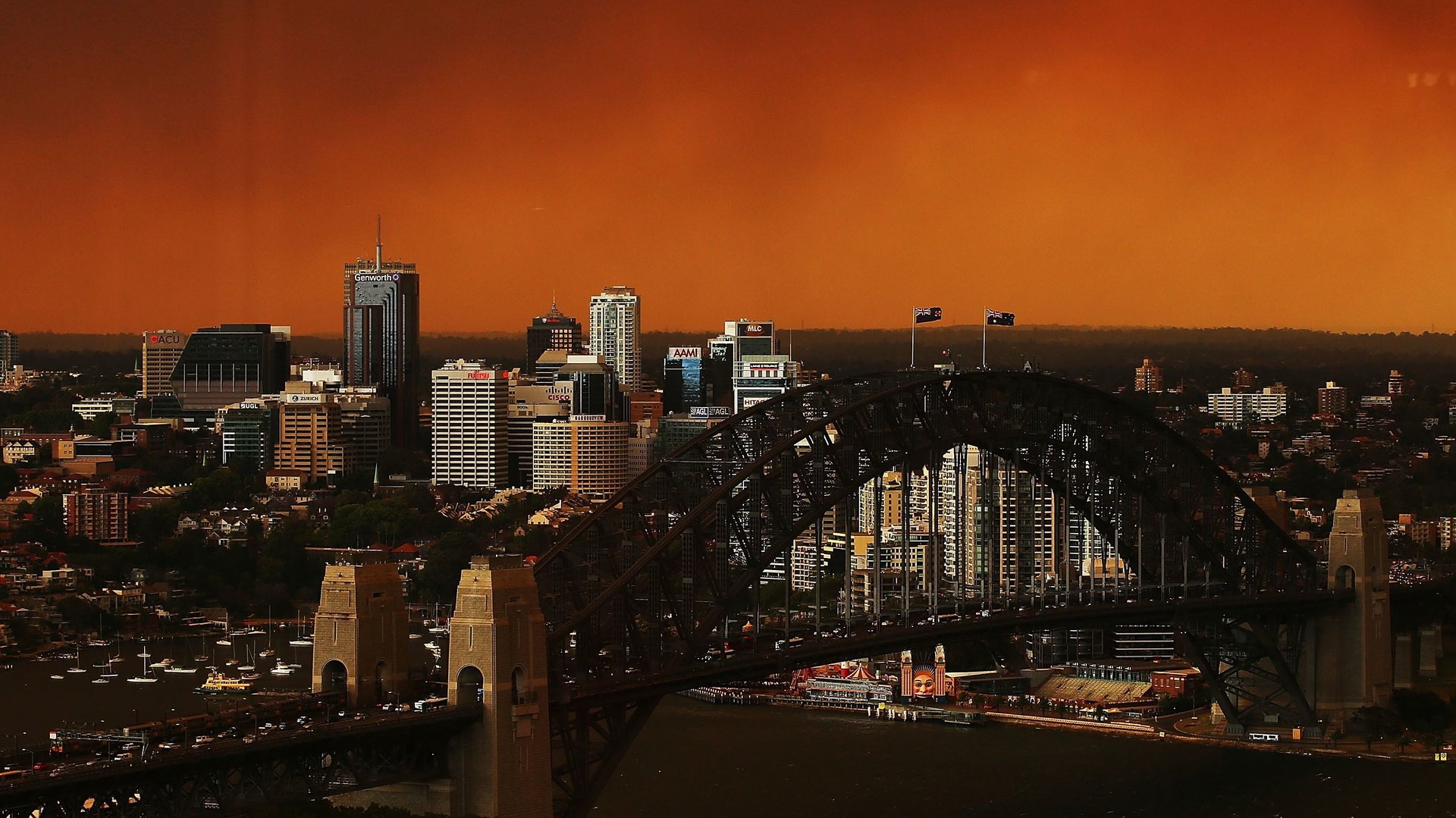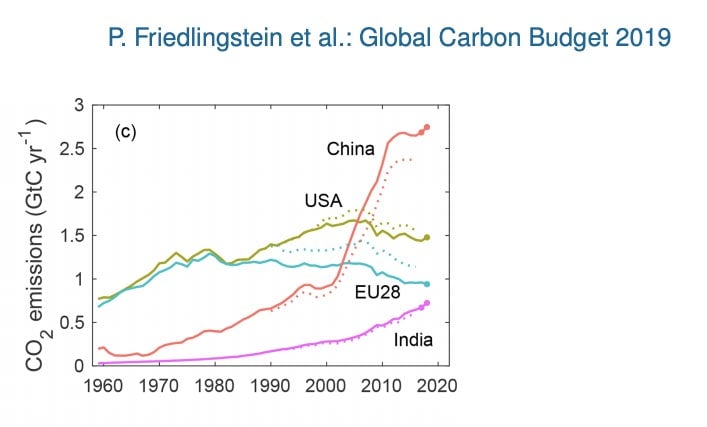The Race to Zero Emissions: electric planes, green banks, and Madrid’s folly
On Sunday, the world’s climate negotiators ended the longest-running climate talks ever—yet failed to deliver a deal. Nothing like a new year to reset your intentions, though, right? This is our last newsletter until we’ve all returned revived and refreshed in 2020. Sit back and get ready: We’ve got three decades of carbon-cutting ahead of us before the 2050 target to eliminate the world’s net emissions. Here’s everything that happened this week to help (or harm) the world’s chances of cutting greenhouse-gas emissions to zero.

On Sunday, the world’s climate negotiators ended the longest-running climate talks ever—yet failed to deliver a deal. Nothing like a new year to reset your intentions, though, right? This is our last newsletter until we’ve all returned revived and refreshed in 2020. Sit back and get ready: We’ve got three decades of carbon-cutting ahead of us before the 2050 target to eliminate the world’s net emissions. Here’s everything that happened this week to help (or harm) the world’s chances of cutting greenhouse-gas emissions to zero.

Decreases emissions
1️⃣ The European Union’s “Green Deal” will create the first carbon-neutral continent by 2050—at least, that’s the plan. To do so, Brussels is considering a carbon border tax, energy levies, and €100 billion to help poorer Eastern European nations transition off fossil fuels.
2️⃣ California home builders must install solar panels on all new homes under three stories high starting January 1. New building codes going into effect should add at least 120 megawatts of new solar capacity by 2024. That may become a national model: 70% of Americans support a requirement for solar panels on new homes.
3️⃣ Goldman Sachs will cease financing a swath of fossil fuel projects. Off the table are new conventional coal power plants, coal mines, and Arctic oil exploration or development (although it carved out an exception for coal plants with carbon capture and storage technology).
4️⃣ The UK fired up its largest solar farm financed sans subsidies: a 40MW solar plant near Bedfordshire capable of powering 15,000 homes. More are in the works. The move presages an end to solar electricity subsidies for utility-scale solar in Europe. Not to be outdone, windy weather earlier this month generated a bumper crop of renewable energy with wind supplying about 45% of the UK’s electricity.
5️⃣ A seaplane took off on its first all-electric flight in British Columbia. Canada’s Harbour Air flew a 62-year-old Beaver retrofitted with a 750-horsepower electric motor with a range of 160 kilometers (99 miles). While not available to the public, Harbour Air plans to electrify its fleet by 2022.
Climate dead-end?
I wrote about how the longest-running climate talks in history ended in … not much. As climate talks go, the United Nations conference in Madrid was remarkable—not just for being the latest on record (it wrapped up two days behind, on Sunday afternoon), but for how little was accomplished. It was an ominous result for a conference with the slogan “Time for Action.” Nations now have just one year until they must issue their next round of climate targets. One French official said many countries were now “waiting for the US election” to decide their next move.
Net-zero (for now)
1️⃣ British Prime Minister Boris Johnson recommitted the UK to zeroing out carbon emissions by 2050. Johnson said his conservative party would deliver “colossal new investments in infrastructure [and] science, using our incredible technological advantages to make this country the cleanest, greenest on Earth.”
2️⃣ House Democrats in the US introduced a bill for a National Climate Bank to leverage $1 trillion in private climate investment. Modeled on green banks in 12 state and local communities, the national bank would deploy $35 billion over six years to spur emission-reducing investments in infrastructure, energy, transportation, and other sectors.
3️⃣ Scientists worry converting coal power plants to burn wood pellets will emit more carbon. The climate think tank Sandbag argues major biomass power projects planned for Europe will require about 36 million tons of wood pellets annually, equal to today’s global production, fueling deforestation.
4️⃣ A four-year investigation into ExxonMobil’s disclosure of financial risks associated with climate change ended in a victory for the oil giant. A New York Supreme Court judge said the company did not break state securities laws when informing shareholders of future greenhouse gas regulation risks.
5️⃣ Scientists warn (pdf) the Paris climate agreement’s most ambitious target of keeping temperatures to just a 1.5°C rise above pre-industrial levels may not be enough to prevent runaway retreat of the West Antarctic ice sheet—capable of dramatically raising sea levels.
Renewable ambitions
What it will take to clean up the electric grid? The New York Times used the Energy Policy Simulator to calculate the scale of construction required to drastically cut emissions by 2030. The pace of renewable energy construction needs to be three to four times faster than it has been, with 120,000 new wind turbines, about 44,000 large solar power plants, more than 60,000 miles of new power transmission lines, and many grid batteries built within a decade.

🔼 Increases emissions
1️⃣ Raging wildfires in Australia have pumped more than one-third of the country’s annual CO2 emissions into the atmosphere. Scientists say fires this year have emitted about 195 million tons of CO2 since August.
2️⃣ SUV sales have swamped emissions reductions from electric cars in the UK. Over the last four years, the Energy Research Centre estimates UK drivers bought 1.8 million SUVs, compared to just 47,000 battery electric vehicles. That’s driven up emissions from the transportation sector for three years running.
3️⃣ Guyana, formerly a non-oil-producing country, is selling its first barrels of crude, and Brazil will drill new wells in a huge offshore oil field despite worries about its climate impact. Brazil’s Mines and Energy Minister Bento Albuquerque said as developing country Brazil “could not release its grip on hydrocarbons.”
4️⃣ Brazil’s Amazon saw its worst November for deforestation since monitoring began in 2015. While typically slower in the rainy season, last month saw monthly deforestation rates in the Amazon jump to record highs, according to government data. An area nearly the size of Puerto Rico has been destroyed since January.
5️⃣ Carbon emissions in China are rising at their fastest rate since 2011 (pdf), according to scientists publishing in the journal Earth System Science Data. The researchers noted global CO2 emissions from burning fossil fuels grew by 1.3% per year over the last decade, while China’s emissions rose by 2.2%.

Stats to remember
As of Dec. 15, the concentration of carbon dioxide in the atmosphere was 411.67 ppm. A year ago, the level was 409.59 ppm.
Have a great week ahead. Please send feedback and tips to [email protected].